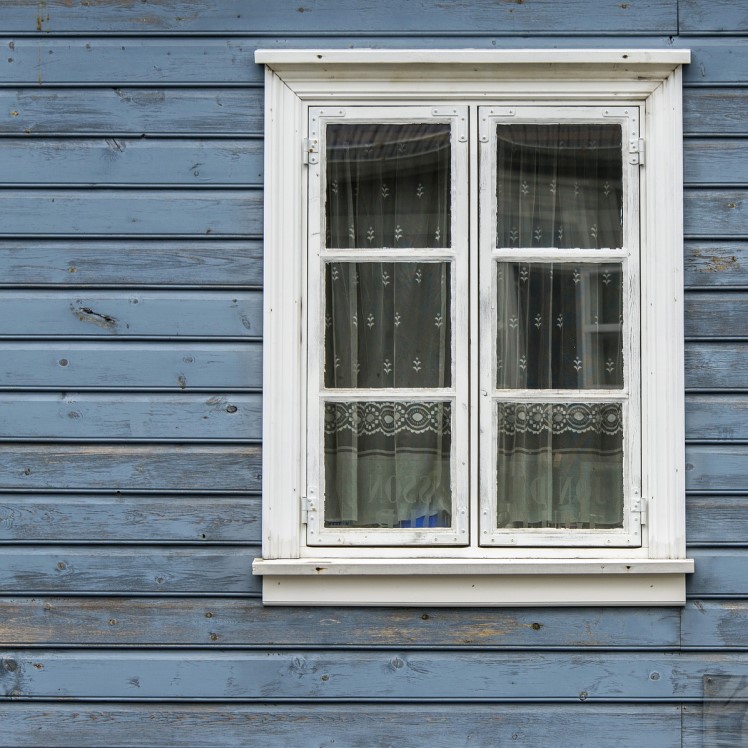You may be well aware you need to replace your exterior siding at some point, (and soon)! But if you haven’t taken the reins on the project yet, you’re not alone.
Many homeowners wait on exterior remodeling projects. They believe the scope of the endeavor seems large, or because other projects around the home may seem like they should be a higher priority.
But your home siding is much more instrumental to your home than you’d think! Essentially, your home’s exterior serves as the “frontlines” to everything within. And, if your siding is in a state of deterioration, it can cause a wealth of other problems.
So, if you need extra motivation to get started on your exterior renovation, consider these risks you incur when you put your siding on the back burner.
1. Water Damage
Your siding’s job is to protect the interior of your home. And, if it’s damaged, it can’t perform its job correctly. That’s why if your siding is damaged, missing, or has gaps and cracks, it can lead to water damage in your:
- Insulation
- Interior walls
- Throughout the house
If left untended for too long, this can lead to a mold issue, which can be extremely costly and time-consuming to remediate.
2. Wallpaper and Paint Damage in Your Home’s Interior
As moisture trickles into your home, it can impact your interior walls as well! Loose wallpaper or peeling paint can often be caused by damaged siding, especially if it’s near areas where there are obvious cracks or missing pieces.
3. Frequent Repainting
If your home’s exterior needs to be repainted on a fairly regular basis, it could be a sign that your old siding is not up to snuff.
Simply put, if you’ve painted your home in the last 6-10 years and it’s already starting to look faded, put the paint buckets away and call us instead!
4. Costly Energy Bills
Bad siding won’t just lead to expensive repairs in the home – it will also impact your utility bills as well. Keep a lookout for energy bills that start to climb dramatically.
A high bill could be a sign your exterior is not keeping outside air safely out of your home. This is also a sign that your windows and doors may need to be addressed as well.
Simply put, by delaying your siding replacement, you’re putting your home at risk. Any expenses related to structural damage and your home’s interior will simply rise the longer you wait.
5. More Maintenance and Less Durability
Wood was once an essential element in any exterior renovation, but times have certainly changed. As advancements in technology and materials have progressed, so have the options for better quality and more durable siding.
Take a look at recent exterior renovation projects in your neighborhood. You may slowly notice wood isn’t as popular as it used to be – although your eyes may initially fool you.
More solid materials like James Hardie siding can look identical to wood! However, they are actually made of stronger composite materials, which makes them more attractive when it comes to safety and strength.
So why else is wood progressively falling out of fashion? Here are a few other reasons why wood siding is no longer the norm when it comes to modern, quality exterior renovations.
Cost
While prices for other types of siding have stayed consistent or have even fallen over the years, the cost of wood siding has been ticking upwards, due to:
- Regulations
- Deforestation
- Availability of materials
In addition, wood siding is more costly to maintain over the long term, and typically requires:
- Regular washing
- Painting
- Additional steps to protect the material
Temperature Effects
When temperatures rise and fall, wood siding tends to expand or contract. Though this is generally not a daily concern, extreme temperature fluctuations in a short timeframe can lead to warping or cracking that requires a larger fix.
Conversely, modern siding options aren’t impacted by temperature changes in the same way, which makes them more resilient throughout.
Flammability
Wood is obviously a flammable material, but other siding choices are not, which makes them a safer bet in the long-term. Take James Hardie siding, for example, which looks just like wood, but which is fire resistant throughout.
Pests
Wood siding is susceptible to termites, carpenter ants, and other pests that can cause a large amount of damage over time. However, other siding materials – like vinyl – do not have the same risks when it comes to insects and infestations.
Durability
If well maintained, wood siding can generally last about 20 years or so. Twenty years is not bad; however, it’s far less than other modern materials on the market.
James Hardie siding, for example, comes with a 30-year, limited transferable warranty, and can stand up to all sorts of extreme weather conditions and elements – even salt spray from the ocean.
Painting and Color
You must repaint wood siding every few years to keep it looking presentable and to protect it from the elements. But modern styles of siding can be customized to come in the hues of your choice, meaning you might never have to paint again!
A Better Deal
The bottom line is that when it comes to siding choices, modern siding options are a better deal. Competitive in costs and miles stronger when it comes to maintenance and durability, these new styles of siding provide ample peace of mind for homeowners without ever sacrificing design.
As such, homeowners reap the rewards of a polished wood look, without the extra headaches wood siding can produce.
We Can Help
The good news is that a siding renovation doesn’t have to be a headache, and the trick is to start with experts who are obsessed with customer service and client satisfaction.
At Amazing Exteriors, we know a large renovation can be intimidating, which is why we make the process as easy and stress-free as possible for our clients.
By being excited about your siding renovation, you’ll be amazed at how much better your home will look when your renovation is complete.















